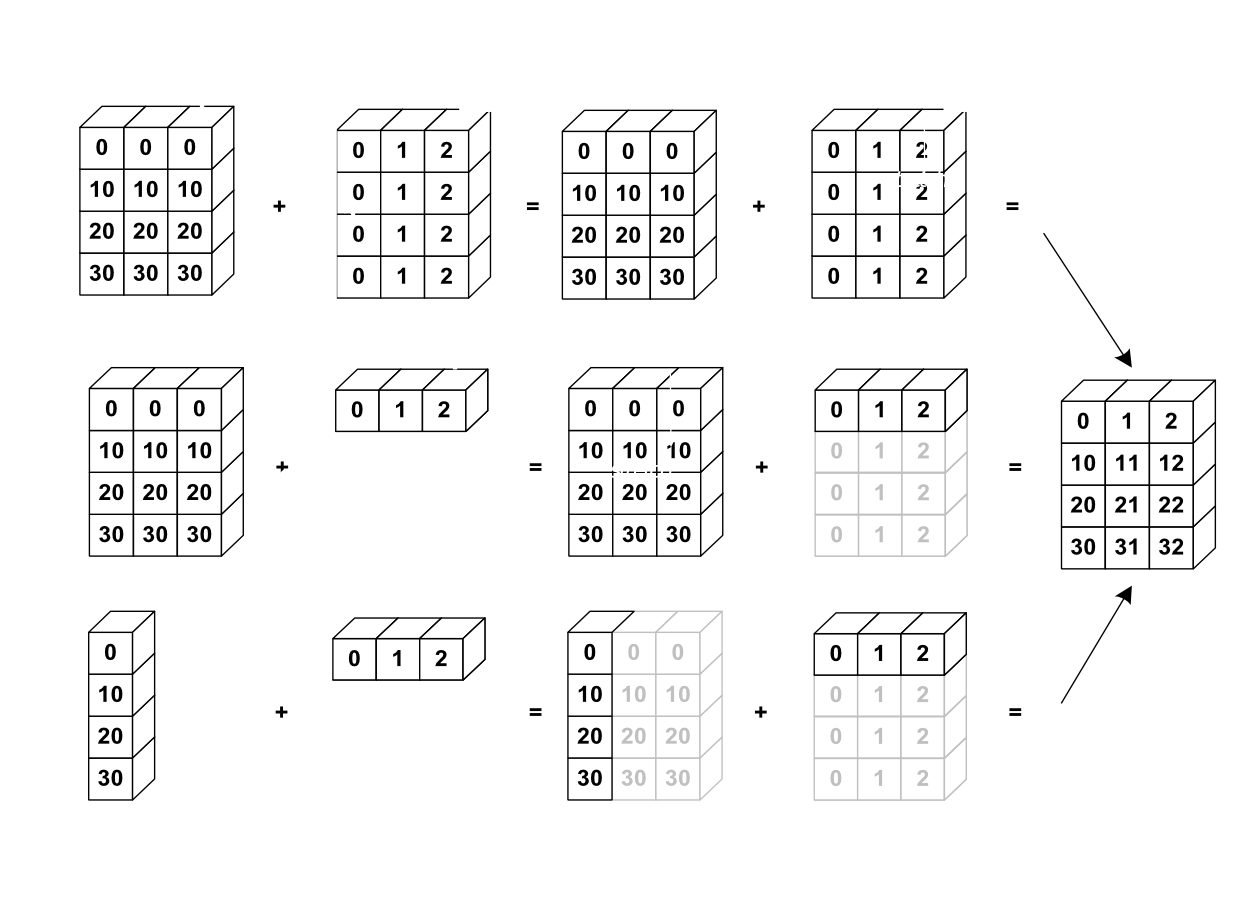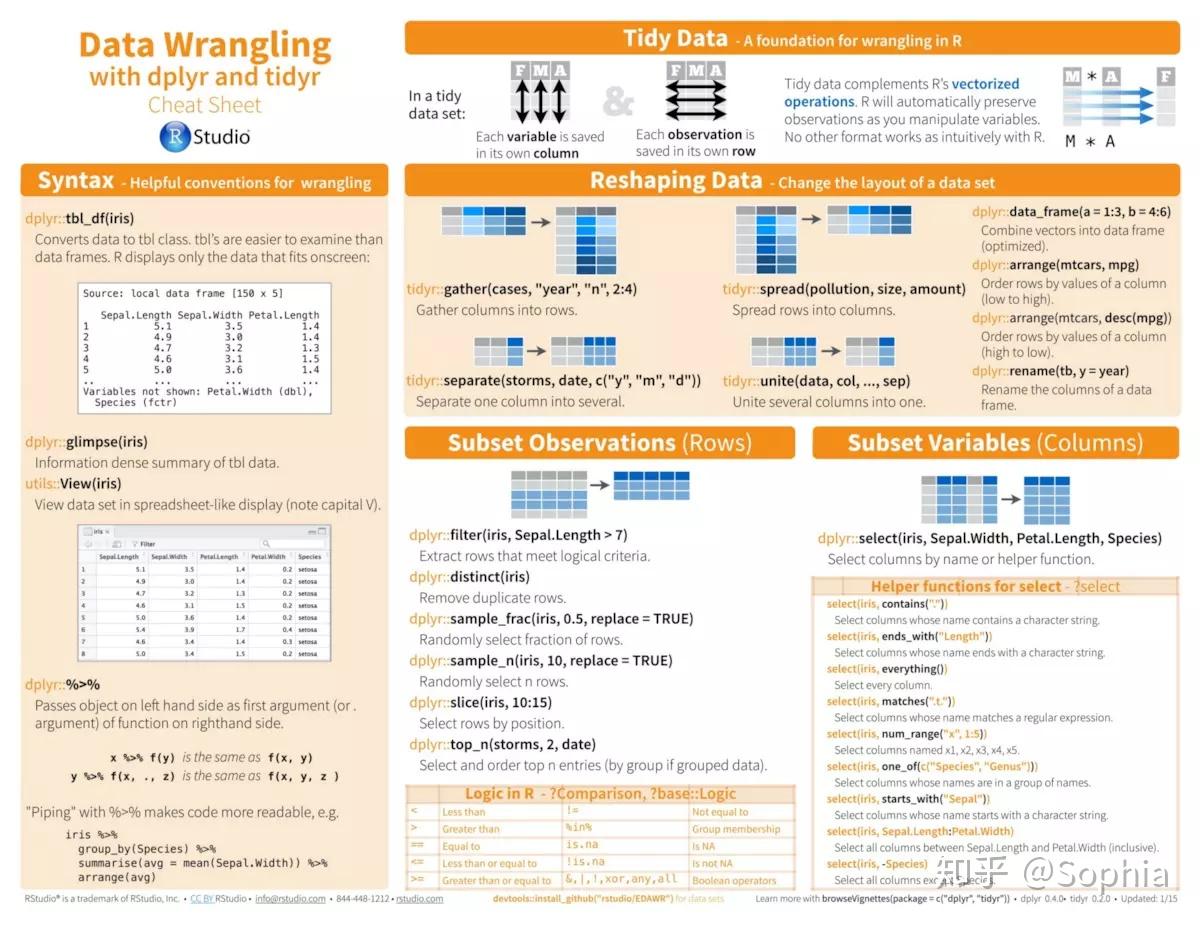

There are many other functions present in the special functions package of SciPy that you can try for yourself. SciPy’s Special Function package provides a number of functions through which you can find exponents and solve trigonometric problems. To look for all the functions, you can make use of help() function as described earlier. SciPy provides a number of special functions that are used in mathematical physics such as elliptic, convenience functions, gamma, beta, etc. However in case you want to make use of this function, you can do it as follows: scipy.source(cluster) This function does not return useful information in case the methods or objects are written in any other language such as C.
#NUMPY VS SCIPY CODE#
The source code is returned only for objects written in Python. This function returns information about the desired functions, modules, etc.

To stop the execution of this function, simply type ‘quit’ and hit enter. The second help() asks the user to enter the name of any module, keyword, etc for which the user desires to seek information. When you execute the above code, the first help() returns the information about the cluster submodule. Here is an example that shows both of the above methods: from scipy import cluster There are two ways in which this function can be used: To get information about any function, you can make use of the help() function. To know in-depth about these functions, you can simply make use of help(), info() or source() functions. SciPy builds on NumPy and therefore you can make use of NumPy functions itself to handle arrays. For example: from scipy import clusterīefore looking at each of these functions in detail, let’s first take a look at the functions that are common both in NumPy and SciPy. These packages need to be imported exclusively prior to using them. However, for a detailed description, you can follow the official documentation. Integration and ordinary differential equation solvers SciPy has a number of subpackages for various scientific computations which are shown in the following table: Name
#NUMPY VS SCIPY INSTALL#
However, if you are doing scientific analysis using Python, you will need to install both NumPy and SciPy since SciPy builds on NumPy.


Though NumPy provides a number of functions that can help resolve linear algebra, Fourier transforms, etc, SciPy is the library that actually contains fully-featured versions of these functions along with many others. NumPy contains array data and basic operations such as sorting, indexing, etc whereas, SciPy consists of all the numerical code. NumPy vs SciPyīoth NumPy and SciPy are Python libraries used for used mathematical and numerical analysis. As mentioned earlier, SciPy builds on NumPy and therefore if you import SciPy, there is no need to import NumPy. It is built on the NumPy extension and allows the user to manipulate and visualize data with a wide range of high-level commands. SciPy is an open-source Python library which is used to solve scientific and mathematical problems. Multidimensional Image Processing Functions.
#NUMPY VS SCIPY HOW TO#
In this SciPy tutorial, you will be learning how to make use of this library along with a few functions and their examples.īefore moving on, take a look at all the topics discussed in this article: However, Python provides the full-fledged SciPy library that resolves this issue for us. Mathematics deals with a huge number of concepts that are very important but at the same time, complex and time-consuming.


 0 kommentar(er)
0 kommentar(er)
